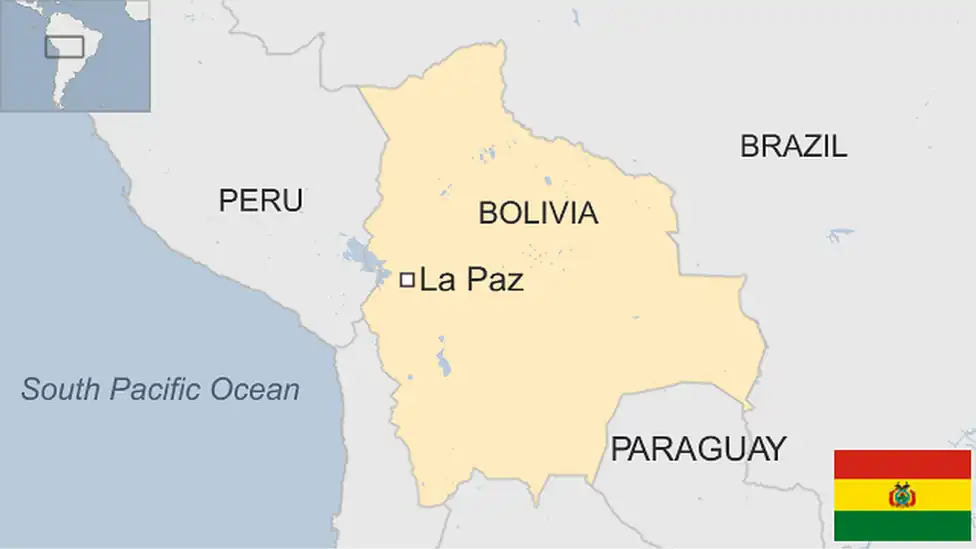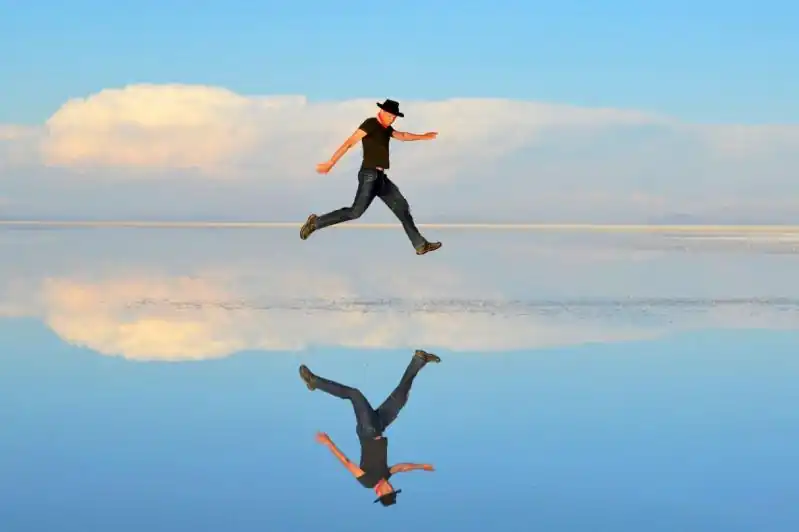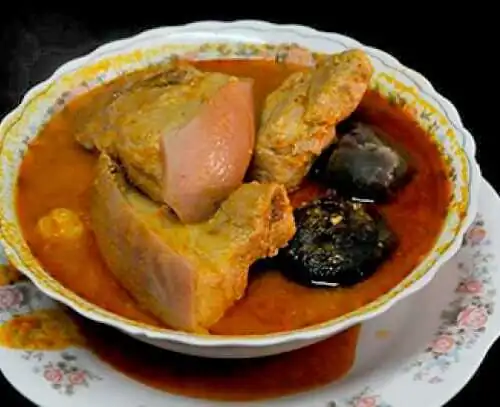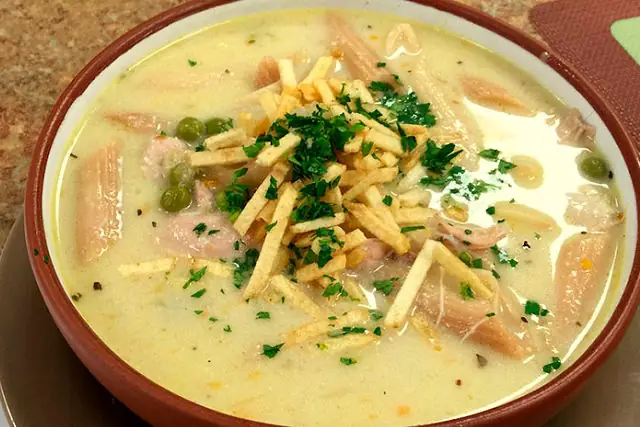Are you interested in learning some facts about Bolivia? This South American country is full of culture, history, and natural beauty waiting to be explored. In this article, we will delve into 10 fascinating facts about Bolivia that will surely enrich your knowledge and spark your curiosity. So, grab a cup of coffee, sit back, and let’s uncover the wonders of this remarkable country together!
1. Bolivia is Landlocked
Bolivia is the fifth largest country in South America and the landlocked status means it is one of the two landlocked countries in South America, the other being Paraguay. Despite not having direct access to the sea, Bolivia boasts a diverse landscape that includes the Andes Mountains, the Amazon Rainforest, and the Atacama Desert.

2. Home to the World’s Highest Capital City
Sucre is the constitutional capital, where the Supreme Court is located, and it is considered the historical and official capital of the country. La Paz, on the other hand, is the seat of government and the executive and legislative branches. La Paz is often referred to as the administrative or de facto capital. This dual-capital setup reflects Bolivia’s complex political and historical development.
The capital city of Bolivia, La Paz, holds the title of the highest capital city in the world, sitting at an elevation of over 3,600 meters (11,800 feet) above sea level. The city’s unique geography and stunning views make it a must-visit destination for travelers seeking adventure and cultural experiences.
3. Rich Indigenous Culture
Bolivia is home to a diverse indigenous population, with over 36 different indigenous groups recognized in the country. The cultural heritage of Bolivia’s indigenous peoples is celebrated through colorful festivals, traditional clothing, and ancient traditions that have been preserved for centuries.
4. Salar de Uyuni – The World’s Largest Salt Flat
One of Bolivia‘s most famous natural wonders is the Salar de Uyuni, the largest salt flat in the world. This mesmerizing landscape covers over 10,000 square kilometers and creates a stunning visual effect, especially after rainfall when it becomes a giant mirror reflecting the sky.
⭐ How to Apply for a Travel Visa to Bolivia

5. Birthplace of the Inca Empire
Did you know that Bolivia is considered the birthplace of the Inca Empire? The ancient city of Tiwanaku, located near Lake Titicaca, is believed to have been a significant cultural and religious center for the Tiwanaku people, who predated the Inca civilization.
6. Diverse Wildlife
Bolivia is a biodiversity hotspot, home to a wide variety of plant and animal species. From the elusive jaguar and the majestic condor to unique species of birds, reptiles, and amphibians, Bolivia’s diverse ecosystems provide a haven for wildlife enthusiasts and nature lovers.
7. Cerro Rico – The Mountain that Eats Men
Cerro Rico, located in the city of Potosi, has earned the nickname “The Mountain that Eats Men” due to the tragic history of the silver mines located within it. During the Spanish colonial period, the mountain was a major source of silver, leading to exploitation and harsh working conditions for indigenous miners.
8. Traditional Cuisine
Bolivian cuisine is a delightful blend of indigenous Andean ingredients and Spanish culinary traditions. Some popular dishes include salteñas (a type of savory pastry), anticuchos (grilled skewers), and chicharrón (fried pork). Food lovers will find a unique and flavorful culinary experience in Bolivia.
⭐ Top 10 Must-Try Foods in La Paz, Bolivia





9. Lake Titicaca – The Highest Navigable Lake in the World
Straddling the border between Bolivia and Peru, Lake Titicaca is the highest navigable lake in the world. This stunning body of water is surrounded by picturesque landscapes, traditional villages, and ancient Inca ruins, making it a popular destination for travelers seeking natural beauty and cultural immersion.
10. Carnival of Oruro – UNESCO Intangible Cultural Heritage
The Carnival of Oruro is one of Bolivia’s most famous festivals and has been recognized as a UNESCO Intangible Cultural Heritage. This colorful celebration features traditional dances, elaborate costumes, and music that pay homage to the country’s indigenous and colonial heritage, making it a vibrant and unforgettable cultural experience.
⭐ When is the Oruro Carnival in Bolivia 2024 ?

